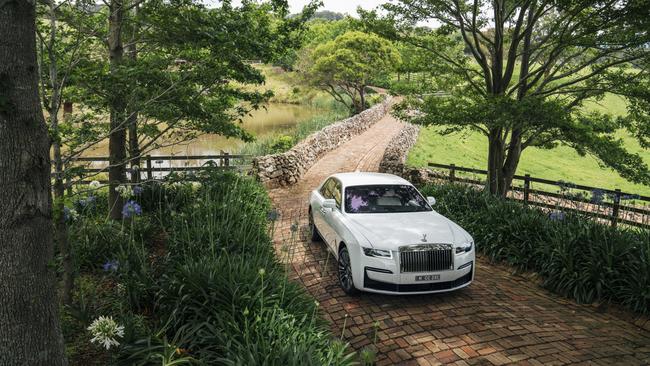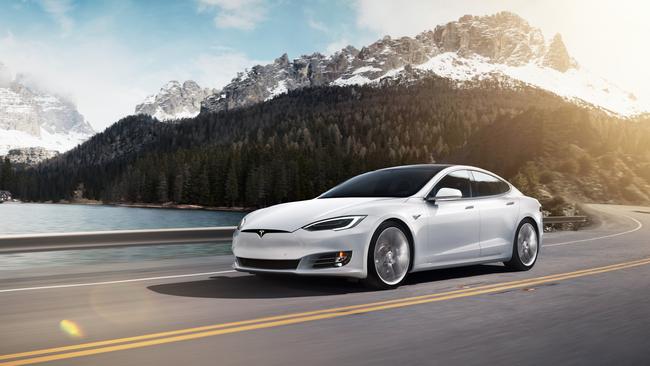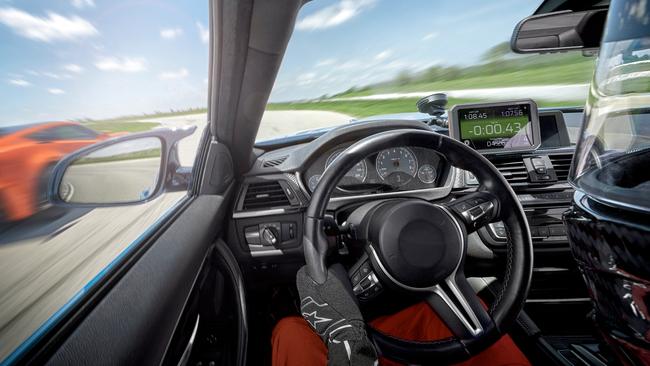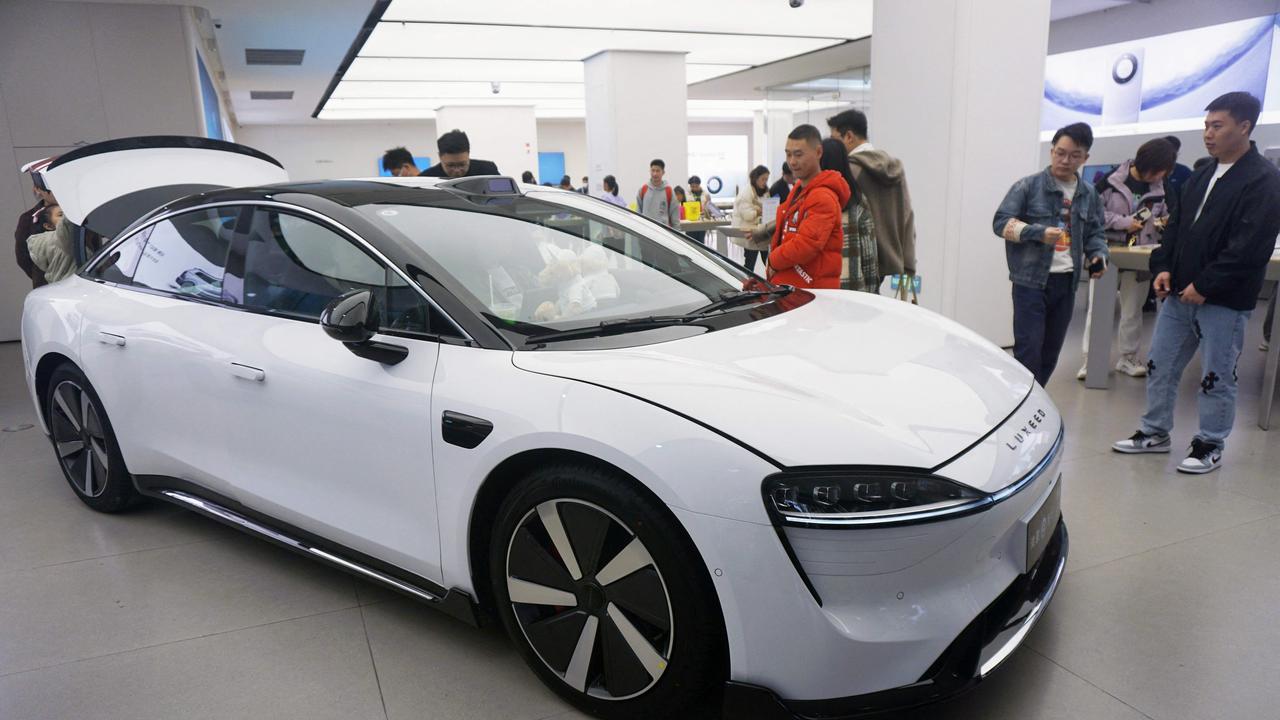New car tech takes a turn with GPS, in-car cameras
Hyundai’s latest pocket rocket has some innovative technology that will make it more fun to drive both on the road and on the track.

Motoring News
Don't miss out on the headlines from Motoring News. Followed categories will be added to My News.
Technology originally introduced to make cars safer and more convenient has taken a detour in new models. Camera-based sign recognition and GPS navigation features are being used for broader purposes that could change the way we drive.
Hyundai’s new i20 N hot hatch uses its speed-sign recognition camera to look for signs warning drivers about twisty roads.

Rather than warning you to slow down, the “N Road Sense” feature encourages drivers to put the car in a sporty “N Mode” with faster responses and louder exhaust effects to make the most of fun curves.
The car also has an automatic lap timer that uses GPS to record circuit data on track.
Rolls-Royce made headlines in 2013 with a satellite aided transmission that used GPS technology to help the car choose the right gear before it was required, delivering a smooth ride for millionaire limousine owners.

The tech has since trickled down to BMW and Mini, which apply it to models with automatic transmissions.
The Kia Sorento uses satellite data to know when you’re entering a long tunnel, automatically raising the windows and recirculating airconditioning to prevent exhaust emissions from entering the cabin.
Serially clever Tesla engineers use GPS in models with variable ride height suspension to automatically raise the car’s nose for steep driveways, protecting the lower bumper from unsightly scrapes.

Many new cars have “SOS” systems that link telephone, crash safety and sat nav features to automatically contact a call centre and report the location and nature of a serious crash, helping emergency services arrive sooner, with more accurate information.
Some luxury cars have seriously clever suspension linked to a camera that scans the road ahead for big bumps, preparing shock absorbers so that cabin jolts are minimised.
Advanced Mercedes models are capable of leaning into corners to reduce motion sickness in passengers, and overseas variants can upload data about potholes to the cloud, warning other motorists of potential hazards.

Advanced hybrid machines can use map data to plan the best approach for a given route – using petrol in suburban or highway areas before switching to electric running when they reach built-up environments with pedestrians.
Porsche uses clever GPS-based track apps to provide detailed insight into driving performance.
The next level of satellite-based features could take cues from the new Garmin Catalyst driving performance optimiser.
The windscreen-mounted gadget provides incredible insight for driving enthusiasts on race tracks, combining high-resolution video with accurate timing data on a large, clear display.
Better still, the tablet coaches enthusiasts with opportunities to improve their driving – showing them when to brake harder, whether an early or late turn-in is the best approach for a given corner, and how carrying more speed into a corner could ultimately translate to slower lap times by compromising a car’s approach to a straight.

We tested the tech at Bathurst and were shocked by how much insight it can provide.
It represents the polar opposite to satellite based fleet tracking devices commonly used to encourage drivers to slow down and save fuel.
Similar software could feature in the next generation of performance cars.
Originally published as New car tech takes a turn with GPS, in-car cameras


